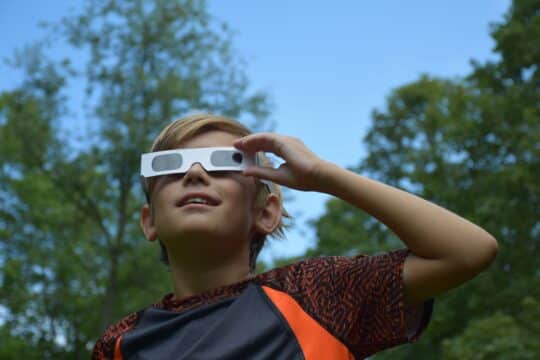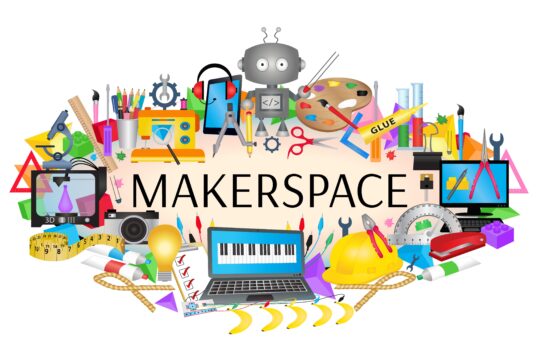Summer is a time of rest, rejuvenation, refreshment, and enrichment. Students’ enrichment should be explicitly designed for brain-based learning to maximize retention, engagement, and interest. Research states that the brain actually grows and changes when new skills and concepts are learned. Students’ brains need to be stimulated to grow and learn. Including multiple types of brain-based learning opportunities allows students to learn new skills, reinforce cumulative learning, and inspire advancement.
What is Brain-Based Learning?
Brain-based learning contains a variety of teaching methods, educational programs, lessons based on scientific evidence surrounding the learning process, cognitive development, and emotional growth. Understanding the benefits of brain research is an asset to your repertoire as a teacher.
The beauty of understanding the brain is that you can narrow your efforts to the things that will give you the largest return on your time and accelerates retention. Researchers know where in the brain attention is processed and which skills enhance it at school. For example, specific art programs (e.g. music, dance, visual arts) can build attention skills. Healthy brains make healthy learners. With healthy brains and a positive learning environment, teachers have a great shot at achieving high standardized test scores and greater success in the classroom.
What happens when a learner is exposed to chronic stress, poverty, trauma, or drugs? What happens when a student’s brain is impacted by developmental delays, abnormality, or chemical imbalances? Quite simply, you need better resources, more time, and sometimes alternate strategies to succeed.
The brain is not a good memorizer. It likes to be organized and put things into the appropriate places. Imagine a filing cabinet and how things are neatly placed and filed away. This is how the brain likes to store information. Remember this fact when teaching and how you can make learning organized and easy for the students to remember.
Brain-based research prompts innovative teaching techniques in the classroom. Brain-based learning involves many types of activities including technology and hands-on skills. Brain-based learning games and gamification are popular and allow students to enhance learning while “playing a game.”
Gamification is gaming with a purpose and a powerful tool for reinforcement. It is a great engagement strategy that makes harder concepts more achievable for students. Play is more fun than work. These interactive brain games present information in a way that educates, entertains, and accelerates learning.
Research indicates boys especially love competition. Including competition and incentives are great ways to encourage students to participate in online learning opportunities. Girls love to multi-task and engage with personal connections. There are a multitude of examples of brain-based learning strategies that boost students’ ability to enhance thinking.
Brain-Based Games for Summer
1) Kahoot is one of the most popular platforms for game-based learning. This is a game where teachers can go online and assign competitions for students to participate in while practicing math skills, reviewing phonics, or refreshing their memories on history. The subject matter and possibilities are endless.
2) Online reading games are essential brain-enhancing programs. Reading is one of the most beneficial brain-boosting skills, and there is a plethora of effective online reading programs. Two examples of these are Storyline Online and Get Epic. Teachers and students can sign up, and have access to thousands of online books on their levels.
3) Sports and physical activities are vital to brain-based learning. Summer allows many opportunities for physical activities outdoors. These activities encourage socialization, rewards, a sense of belonging, competition, and overcoming challenges. Based on current research, the best way to enhance cognition is to be physically active and get regular exercise. There are numerous other benefits to being active such as: stimulates neurons, increases blood flow, fuels brain with oxygen, trains quick response and recovery, creates more capillaries, prolongs life of neurons, and stimulates dopamine (which enhances pleasure). Running is a research-based practice that increases more brain cells than anything. This is why physical education and recess are so important. This allows children to increase brain cells and reduces stress also.
4) Hands-on activities such as gardening, learning an instrument, or developing an interest or passion outdoors during the summer are other essential brain-based learning strategies that allow students to engage on a higher level. Learning new skills or participating in tasks forces the brain to work and learn. These new interests strengthen mental skills. These interests also have long-term benefits and promote being outdoors.
5) Virtual field trips are a neat way for students to explore and connect with the world. There is a multitude of virtual field trips available online, and range from varying levels of interest. From national museums to the Great Wall of China, the options are endless.
Including multiple types of brain-based learning provides students with so many benefits. I love technology in the classroom when it’s thoughtfully in the right amounts. But never, ever forget that it is the human connection that will take your students where they really need to be.




